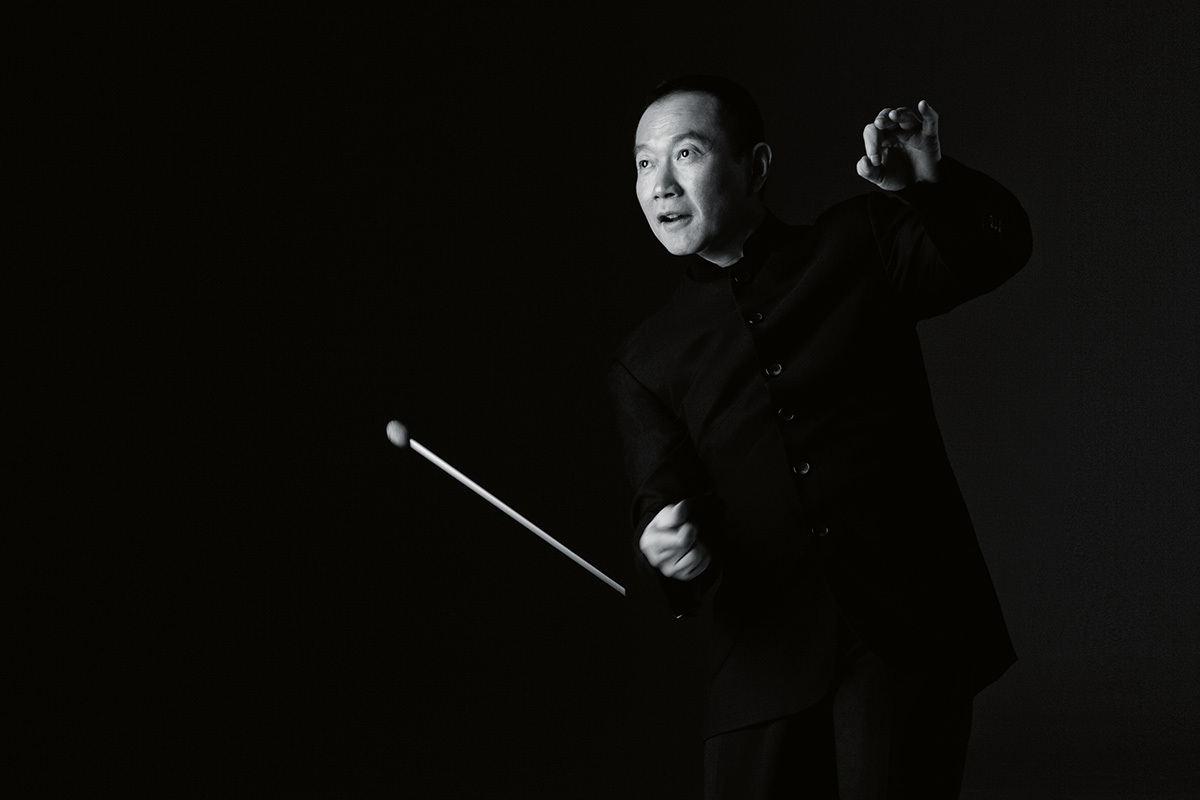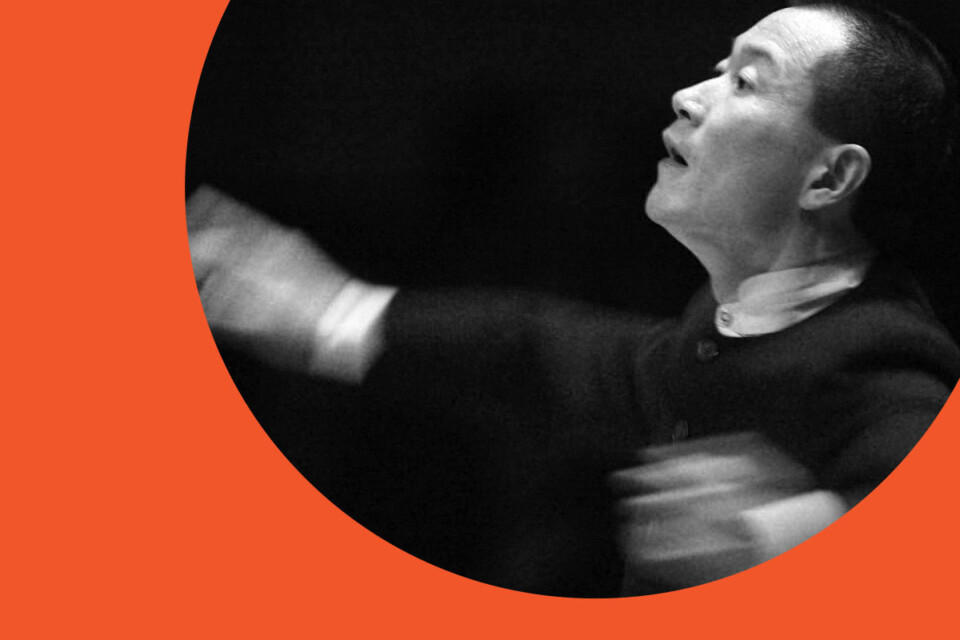Renowned Chinese-American composer Tan Dun returns to the Australian stage, introducing audiences to a melodic parable that transcends time and imagination while exploring the unique tapestry of human connection.
The past and future have been integral to Tan Dun’s life since he was a young boy growing up in the remote countryside of Hunan, China. “When I was a child I wanted to be a shaman because I thought the shaman could visualise the last life and the next life,” he says. Fascinated by the remarkable cinematic movements of the shaman, Tan Dun was engrossed. “He could express anything he wanted to, and elicit from you any emotion; he wanted to enslave you spiritually, to bring you with him into the future, in the past.”
“That organic sound world became seductive to me, and I wanted to have that power,” he recalls.
But becoming a shaman wasn’t on the cards for Tan Dun. Soon, he came to realise a musical composer held an advantage over a shaman. “I can transform my reality, my vision of the last life or the next life into a sound, into a colour, to hear it with an audience,” he says.
A notion he’s carried with him throughout his career, and employed in his most recent artistic endeavour alongside the Melbourne Symphony Orchestra, Tan Dun’s Nine.
Like an aural wormhole, Nine explores the dialogue between the ancient and now, past and future, and between that which exists and imagination.
When the pandemic took hold, forcing the world to stand still and humans to exist independently of one another, a sense of separateness settled in. Yet while the world took a pause, Tan Dun says his artist's blood and soul ran faster.

Nine evolved out of this separateness. A brick in a bridge designed to reinforce humankind. “The function of music is to bridge everybody together,” he explains. “So, now it’s time to show how and why the Gods needed to invent music for the human being. It must be the bridge to make all these quarantined people, to make all the separate spirits, be together again.”
“The choral concerto Nine is a piece trying to tell people in the world now, we [will] never be separated.
With a poignant career in contemporary classical music spanning decades, Tan Dun’s work is a composite of East and West; a dichotomy he expertly explores to bring to life a distinctive sound that’s culminated in international acclaim and a slew of awards and accolades.
For each new piece, Tan Dun says he seeks out a new direction and a new way to look at tradition. “I find going back to tradition will always be an avenue for invention,” he explains of his creative process. “When writing for the conventional string quartet, or writing for the conventional orchestra, if you compose from another angle, another tradition, it becomes an entirely new orchestra,” he says. At every avenue, Tan Dun’s goal is to overcome the knowledge he already has and to find a new mode for the music he’s making. “I always embrace different cultures and traditions, because to assimilate them you constantly have to keep inventing different forms and different techniques to blend them in the styles you are already familiar with,” he explains. For Tan Dun, music has a spiritual function. “It makes you open yourself to accept the whole world and all the people.”
Beyond the fusion of East and West, ancient and contemporary, Tan Dun is known for his innovative use of multimedia. Often incorporating organic elements such as water, paper, and stone as well as audio-visual elements, his inimitable compositions have left an indelible mark on music.

When it came to producing Tan Dun’s Nine, he says the vanished stories, heroes, and voices of the past became his visual platform to write the piece. While his approach can be seen as somewhat abstract, the fundamentals of music allow the listener to feel and experience the story embedded within, says Tan Dun. “The rhythms, the action, the tempos, the repetition, [they all] make the listener feel stories are happening.”
At a deeper level, Tan Dun says composers – from Mozart to Beethoven – are sneaky, using various arrangements and techniques to ‘manipulate the soul’. A psychological approach to art that allows connection, a transfer of feelings, hopes and dreams, of knowledge in a way humanity can comprehend on a multitude of levels. In this way, art can be an impetus that inspires action.
Throughout his illustrious career, Tan Dun has harnessed the power of art as a catalyst for change in the world. Water has been a prominent theme in his life, enlisted as an organic instrument of nature in his hypnotic Water Concerto and now, as a UNESCO Goodwill Ambassador, a precious resource he’s dedicated to helping preserve. “Sometimes you feel water is the voice of birth, or rebirth. But now I feel water is like tears, tears of nature,” he says. With the pace of development, Tan Dun warns immediate action is needed to correct the impact humans have had on nature. “I am very concerned about the world and our environment,” he says. “If we continue to disturb nature and pollute our world, we will destroy ourselves.”
Whether you encounter Tan Dun the zealot or Tan Dun the masterful composer, the past and future are an underlying stimulus that resonates throughout his life’s work. The biggest privilege for a composer, says Tan Dun, is that music is a universal language that can tell a story. “I can speak to all kinds of people who come from different traditions, languages, and backgrounds,” he says.
Words by Sarah Vercoe

Tan Dun: Nine
14 September at 7.30pm
Arts Centre Melbourne, Hamer Hall
